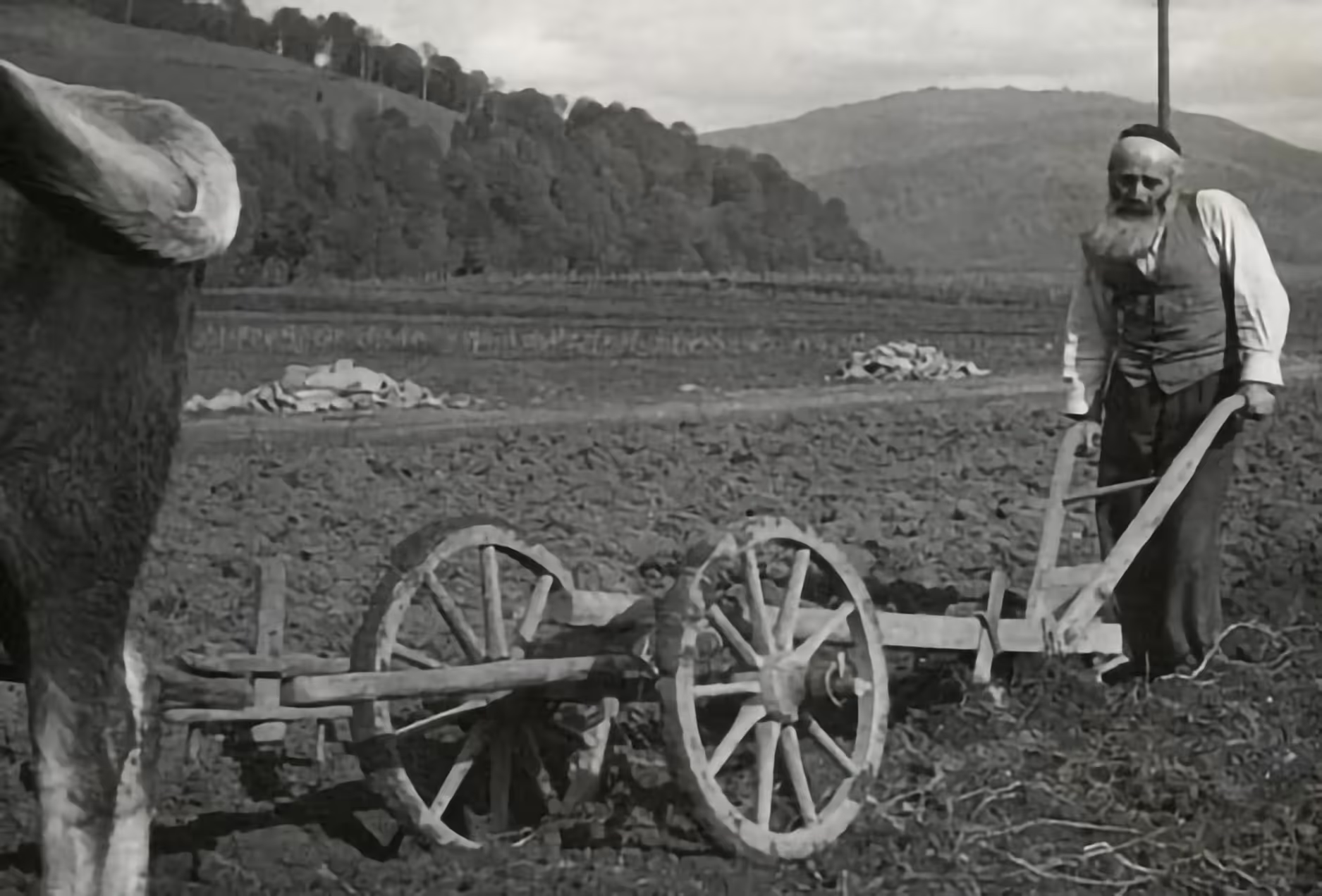Derfer
Leaving My Family - Toby Knobel Fluek
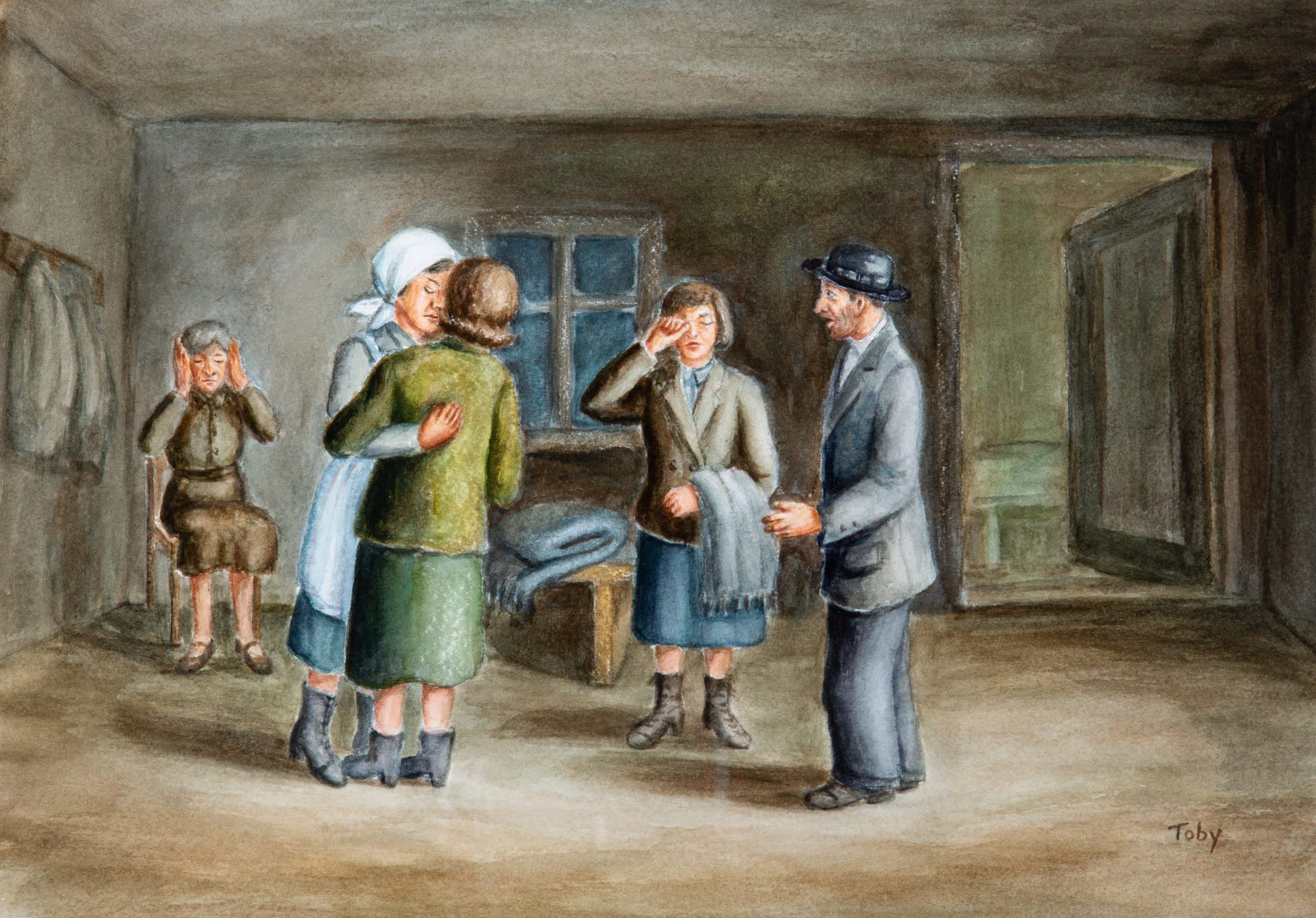
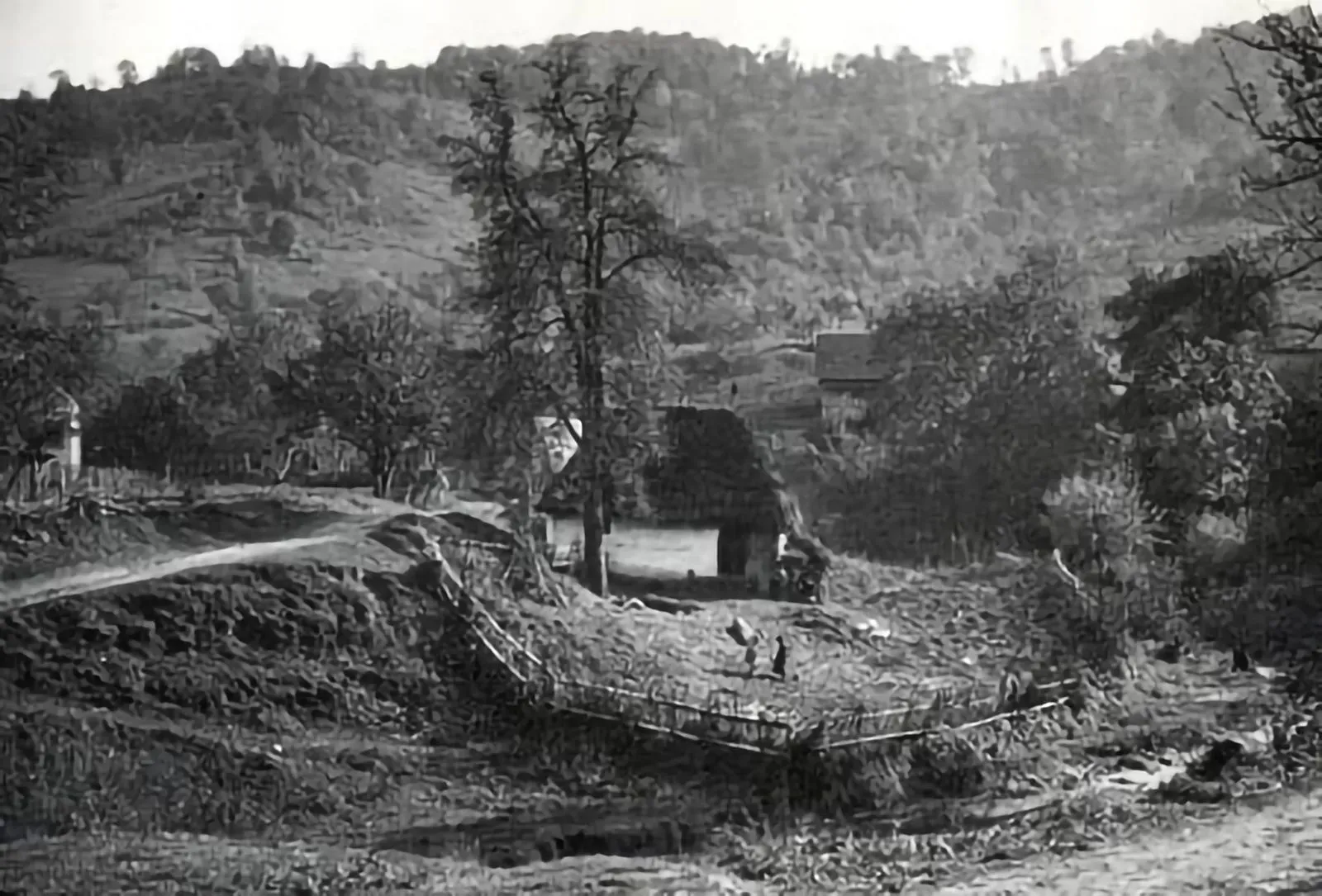
Playing a far less central role for Ashkenazi Jewry was the dorf (smaller village) with scattered Jewish families whose numbers were too small to register cultural variety, and which were lacking in the Jewish institutions and services that existed in the city and shtetl. In these derfer Jews formed clusters of perhaps a few dozen families, living among Christian majorities for whom the Jews often fulfilled necessary economic roles. Without the strength that came from their own numbers, a sort of security afforded urban and shtetl Jews the fruits of communal vitality, derfer were isolated and culturally impoverished. Should such a family have needed a kheyder for their children, or another form of organized Jewish life, it was likely that they would have to travel to the nearest major Jewish community for this vital service.
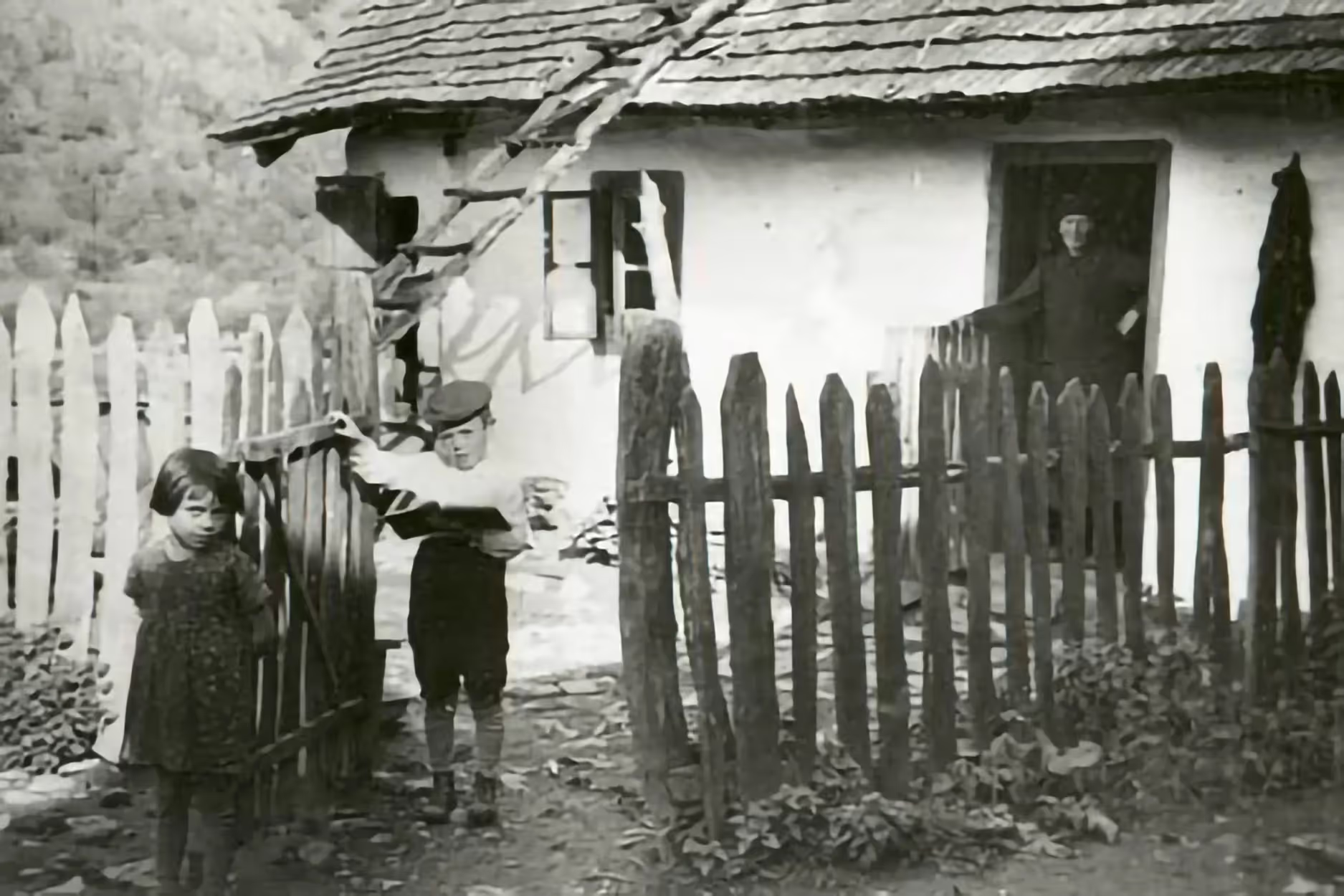
Even to celebrate major holidays, families often had to travel to a nearby town. Most often a dorf had at least a melamed (teacher), or someone who could teach the Alef-beys (ABC's) to young children, as well as an improvised synagogue in the home of a distinguished community member where Jews could pray. Jews in these derfer tried very consciously to maintain their 'distance' from the peasants surrounding them despite their daily interactions with each other. Jews tried in many small ways to differentiate themselves from the local population, be it by trying to wear shoes to mark a physical difference or using other indications of their culture and level of education. These rural Jews who for the most part lived in friendly relations with their neighbors, worked hard at maintaining their Jewish identity; they did not want the more urban Jews to identify them as peasants. That was a marginal status that they tried to reject.
Derfer
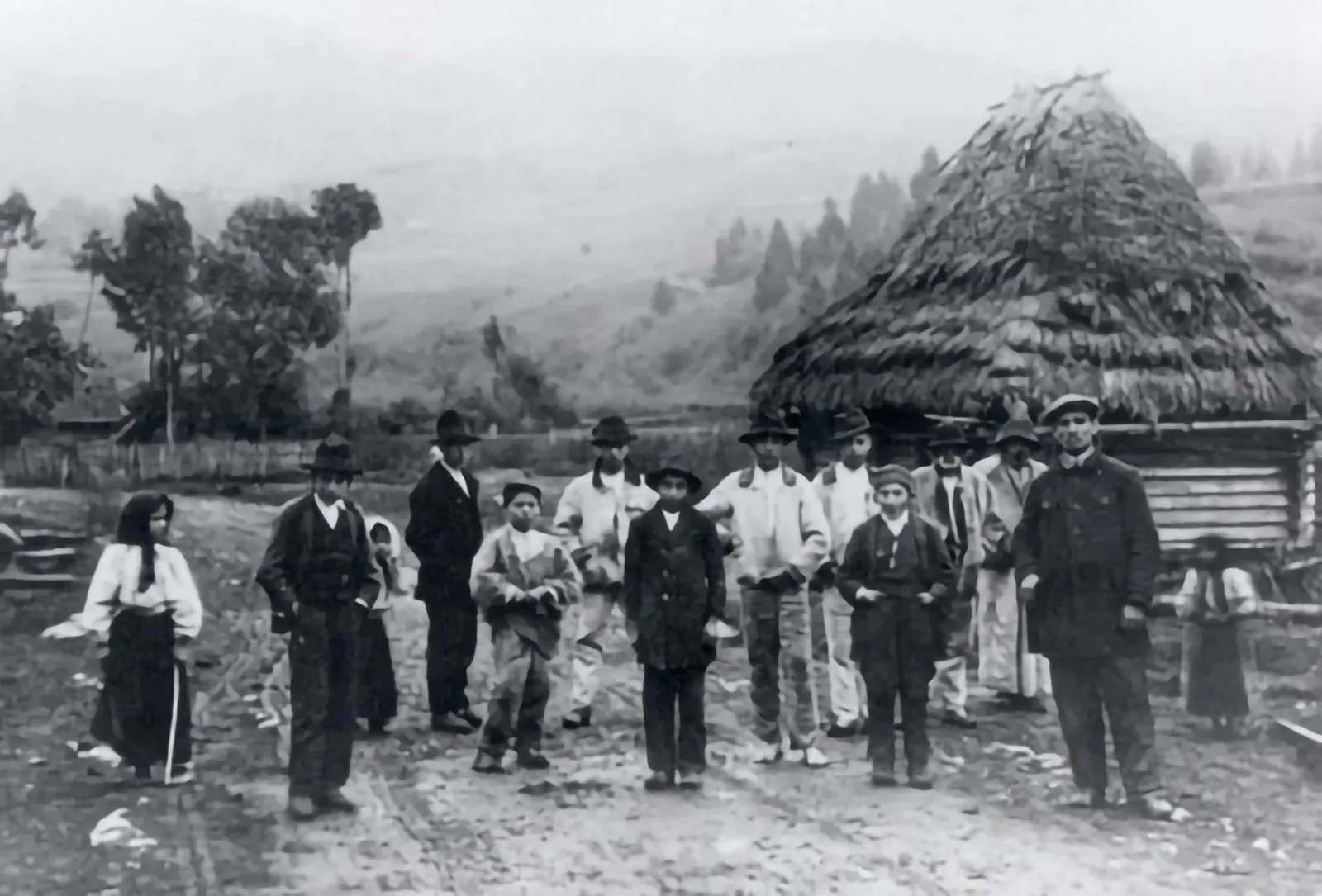
The expansive countryside of pre-World War II Eastern Europe was dotted with thousands of villages and hamlets, called derfer in Yiddish, many of which had small Jewish communities. These Jewish communities lived in relative isolation, often on the fringe of a larger, non-Jewish, community. Moreover, because village Jews were a relatively uneducated and impoverished section of the Jewish populace, urbane and educated Jews tended to view them as rustic country cousins. These village Jews nevertheless filled indispensable, and often uniquely Jewish, economic roles - as middlemen and skilled workers within largely agrarian societies, societies in which most rural non-Jews remained committed to the age-old agricultural life that their families had passed down over the centuries. It was not until the dawning of industrialization and the upheavals of the 20th century that non-Jewish peasants began to compete with and, later replace, Jews as merchants and artisans.

The central challenge for derfer Jews who lived without those institutions familiar to larger Jewish communities, was how to perform basic communal, cultural, and religious duties - praying in a minyan (often men), going to synagogue, sending children to Jewish schools, burying family members - and, indeed, how to remain Jews. Most villages had no synagogue or rabbi, and it was left to laymen to lead prayers and form minyanim. Celebrating holidays, obtaining kosher meats, and observing basic Jewish rites often required a trip into town, a trip that was rarely possible for the majority of village Jews.
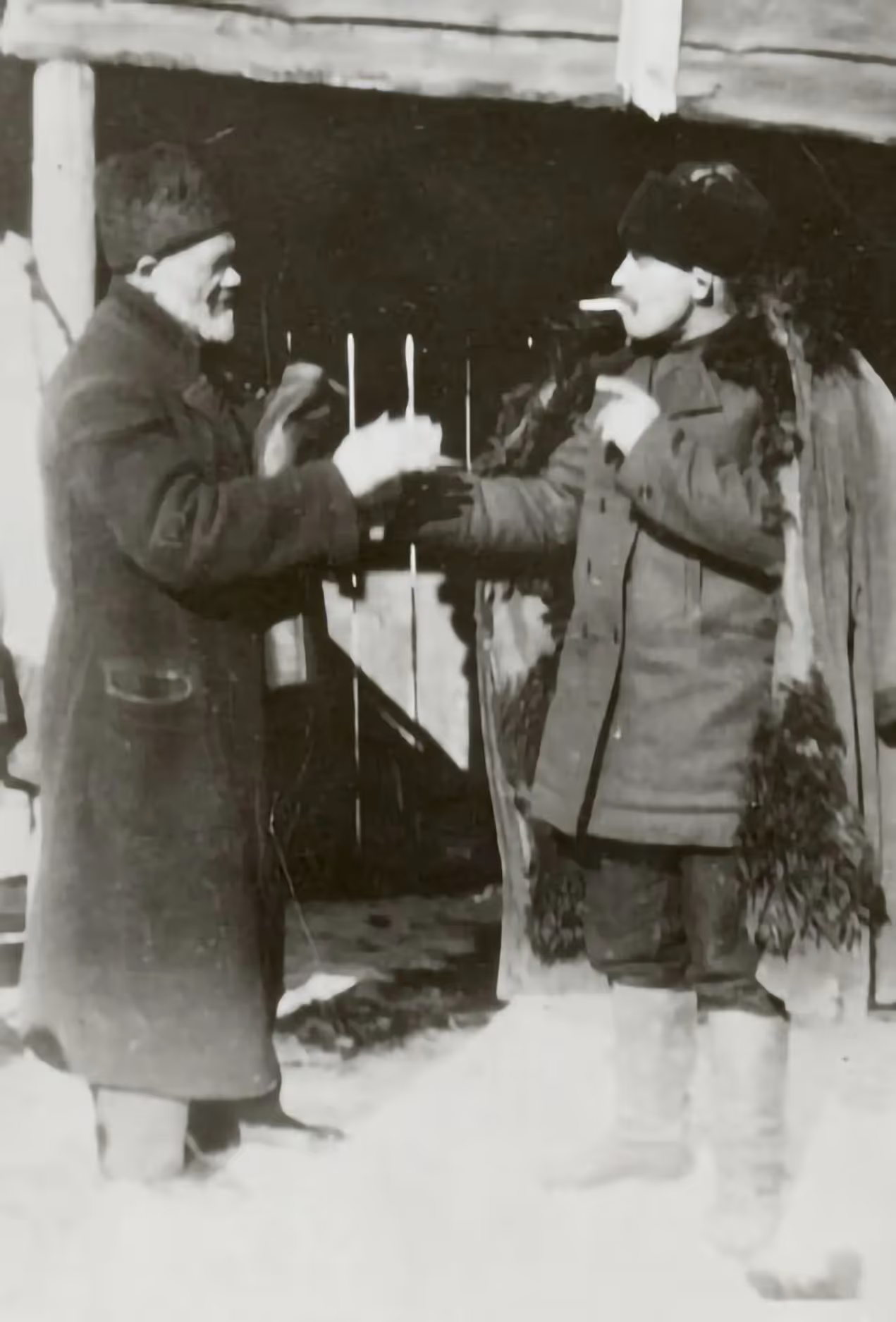
Surviving as Jews in such isolation was a delicate balance; on the one hand, depending on the non-Jewish majority for most economic and daily needs and, on the other hand, guarding a peculiar insularity among the few Jews present. This distinct existence, which had survived for centuries throughout the derfer of Eastern Europe, began a steep decline at the end of the 19th century as modernity encroached, and newly nationalistic, anti-Semitic governments created major obstacles to Jewish life. In Russian lands Jews could only stay in their villages by bribing Czarist authorities. World War I only served to producean increase in poverty and suffering, and many remaining rural Jews were burned out or pushed out by their neighbors. In Lithuanian and Polish villages, things were no better. In the 1930s governments fueled the peasants' fears by scapegoating Jews, while simultaneously subsidizing economic development that drove Jews from their trades.
דערפֿער
אַ סך אַ קלענערע ראָלע בײַ אַשכּנזישע ייִדן האָבן געשפּילט די דערפֿער—קליינע דערפֿלעך, מיט געציילטע ייִדישע משפּחות, וואָס זייער צאָל איז געווען צו קליין אויף צו שאַפֿן וואַריאַנטן פֿון ייִדישער קולטור, שוין אָפּגערעדט פֿון די אינסטיטוציעס וואָס האָבן געדאַרפֿט דינען דער קליינער ייִדישער באַפֿעלקערונג. דאָרפֿישע ייִדן האָבן געוווינט אין ייִשובֿים מיט אפֿשר אַ טוץ משפּחות, אין אַ קריסטלעכן אַרום וווּ ייִדן האָבן געשפּילט געוויסע עקאָנאָמישע ראָלעס. צוליב זייער קליינער צאָל זענען דאָרפֿישע ייִדן געווען אָפּגעזונדערט און קולטורעל פֿאַראָרעמט. ווען אַ דאָרפֿישע משפּחה האָט געדאַרפֿט שיקן אַ קינד אין חדר אָדער דאַווענען אין שול האָבן זיי בדרך־כּלל געדאַרפֿט פֿאָרן אינעם נעענטסטן שטעטל. אַפֿילו אויף יום־טובֿ האָבן זיי געמוזט פֿאָרן צו קרובֿים אָדער אין שטעטל. אָפֿט, אָבער, האָט זיך געמאַכט, אַז אין אַ דאָרף איז יאָ געווען אַ מלמד וואָס האָט געלערנט קליינוואַרג דעם אַלף־בית; אפֿשר אויך געווען אַן אָרט וווּ ס׳איז זיך צונויפֿגעקומען אַ מנין. דאָרפֿישע ייִדן האָבן זיך באַמיט צו האַלטן ווײַט פֿון די אַרומיקע פּויערים. זיי האָבן ונטערגעשטראָכן דעם חילוק מיט מינימאַלע סימבאָלן ווי דאָס אָנטאָן און גיין אין שיך (פּויערים פֿלעגן גיין באָרוועס) אָדער אונטערשטרײַכן זייער ווילן און דרך־ארץ פֿאַרן לערנען. כאָטש ייִדן זענען גאַנץ גוט אויסגעקומען מיט זייערע נישט־ייִדישע שכנים האָבן זיי זיך אָנגעשטרענגט אָפּצודעקן זייער אַנדערשקייט (פֿון אָט די פּויערים) פֿאַר זייערע ברידער, די שטאָטישע ייִדן. פּויערים זענען געווען פֿאַררעכנט פֿאַר אַ נידעריקן קלאַס.
